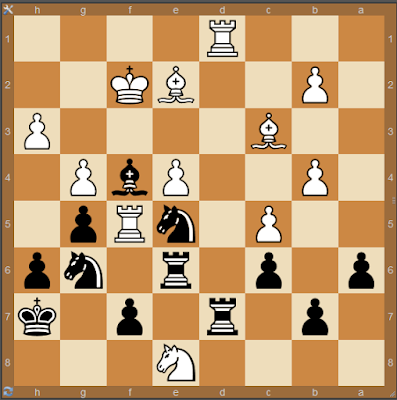Elaborating on the initiative

The position from the previous post is one of seven positions of 80 of my failures at CT. The seven positions have in common that there are mutual captures, and I feel I have difficulty to grasp exactly what is going on in them. That feeling is highly personal,and it is difficult to explain. But that feeling indicates there is something wrong with my approach what needs to be corrected. The effects of what is wrong are not limited to this position, it has a much broader effect. Which means that correction will have an impact on my capability to solve other positions of the same type, whatever “type” might mean here. That is exact what we want to learn, skills that transfer to other positions. We agreed on the idea that we cannot improve our calculation if we cannot improve at M1. No one so far managed to improve at M1 in a convincing way which is usable as template for further improvement. This means we must be smarter than that, and seek improvement elsewhere. One area where we...





